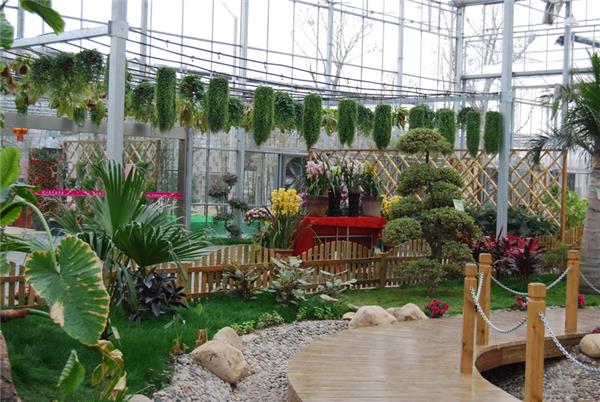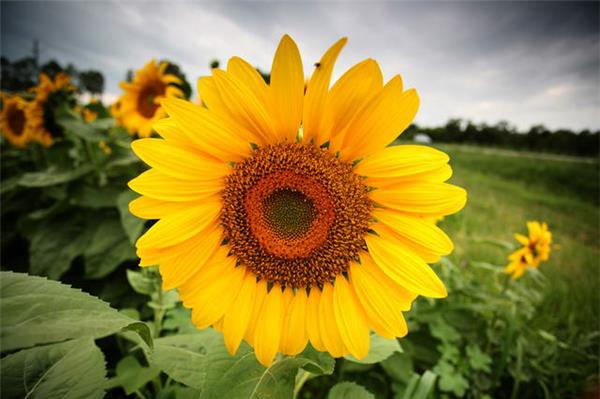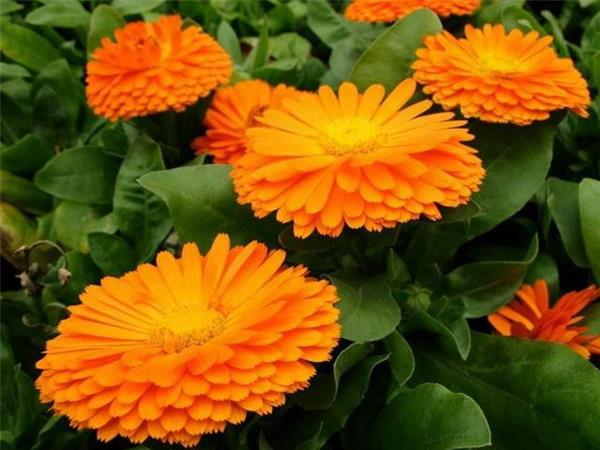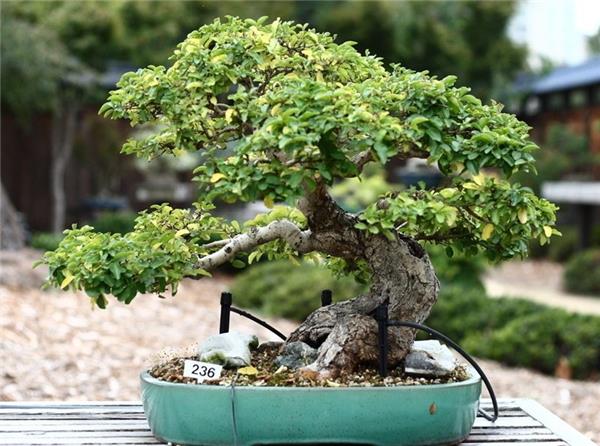How to maintain horticultural flowers in summer
There are so many kinds of horticultural flowers that almost all plants can be cultivated after artificial processing and treatment. Today, let's take a look at how to take care of horticultural flowers in summer.

Horticultural flowers are protected from high temperature in summer
1. In the face of the hot summer, we must first do a good job of shielding the bright light. Flowers that are afraid of both high temperature and strong light, such as hanging bell begonia, cyclamen, orchid, etc., should be properly shaded or maintained under the shade shed or moved into indoor shade during the day to cool down, so as to provide a necessary cool environment for their normal growth and development.
two。 We should also take shelter from the rain in time. Many flower lovers may think that Rain Water can just irrigate the flowers and plants, but in fact, it rains a lot in summer and lasts for a long time. Sudden cooling after rainfall is easy to damage root hair. Stagnant water after rain will hinder the respiration of the roots, resulting in rotten roots. Therefore, where the summer is weak or semi-dormant flowers, should be placed in shelter or appropriate cover, and timely elimination of stagnant water.
3. In a continuous high temperature day, it is also necessary to properly water, spray water on the leaves and spray water around the plants to create a cool and humid environment. However, when watering and watering, it is necessary to avoid hot noon. For indoor potted plants, we also need to pay attention to ventilation. Because poor ventilation will block respiration, affect the normal growth of flowers, and even cause flowers to die gradually. So you can open windows for potted flowers at night or put them outside for ventilation, and for flowers with dense branches and leaves, they also need to be pruned properly.
4. Horticultural flowers are in a vigorous growth stage in summer, so transplanting has a great impact on the normal growth of flowers, and special treatment is needed to slow down the seedlings as soon as possible. In order to reduce the transpiration of the plant itself, pruning is generally adopted to cut off some branches and leaves. The root can be dipped in the root with water-retaining agent to reduce the water loss of the root system. In the first few days after transplantation, we should avoid direct sunlight as far as possible, and spray water frequently to the plant to maintain high humidity and prevent leaf wilting.

II. Management and control of flowering period of horticultural flowers
The control of flowering date of horticultural flowers should be carried out according to the law of plant growth and development and the control of external environment, which mainly includes the following ways.
1. Control the initial period of plant growth.
two。 Gardening measures such as heart picking, pruning, bud picking and so on.
3. Adjust temperature, light, application of growth regulators and other measures.
4. Phosphorus and potash fertilizer can be applied once before flowering, and the watering times should be reduced and the temperature should be lowered to prolong the flowering period.
5. Pruning properly after anthesis and fertilizing mainly with nitrogen fertilizer for 1-2 times to promote vegetative growth.

3. Beware of yellowing of garden trees in summer
1. Prevention and treatment of pathological chlorosis
First, agricultural tetracycline and oxytetracycline can be used to control chlorosis caused by pathogenic microorganisms. In the process of prevention and treatment, we should insist on thorough treatment, not "stop as soon as you see it", because this kind of disease is often repeated, so it must be treated early and treated.
Second, cultivate disease-free seedlings and select disease-resistant varieties, which is an effective way to solve chlorosis.
Third, timely control of aphids, shell insects and other virus-borne insects.
Fourth, the method of girdling the trunk or diseased branches or removing the diseased branches should be adopted to cut off or eradicate the transmission source of pathogens in plants in time so as to achieve the purpose of controlling the disease.
two。 Prevention and treatment of physiological chlorosis
For physiological chlorosis, we must first find out the cause, and then treat the disease. If it is caused by waterlogging, drainage should be strengthened to prevent water accumulation after rain, and daily maintenance management should be strengthened. If it is chlorosis caused by drought, watering should be strengthened, especially in the weather of drought and lack of rain, and some tree species with weak drought tolerance should be watered in time. If it is caused by poor soil chlorosis, we should timely according to the lack of soil fertilizer, timely, appropriate amount, targeted fertilization.

Summer weather is generally humid and hot, so the main response is to prevent drought, waterlogging, high temperature, plant root mildew and other hazards, generally speaking, a little more careful daily maintenance, pay attention to weather changes at any time, these phenomena can be avoided.
Related
- Wuhan Hospital Iron Tree Blooming Result Was Instantly Frightened by the Gardener Master
- Which variety of camellia is the most fragrant and best? Which one do you like best?
- What is the small blue coat, the breeding methods and matters needing attention of the succulent plant
- Dormancy time and maintenance management of succulent plants during dormancy
- Minas succulent how to raise, Minas succulent plant pictures
- What are the varieties of winter succulent plants
- How to raise succulent plants in twelve rolls? let's take a look at some experience of breeding twelve rolls.
- Attention should be paid to water control for succulent plants during dormant period (winter and summer)
- Watering experience of twelve rolls of succulent plants
- Techniques for fertilizing succulent plants. An article will let you know how to fertilize succulent plants.



